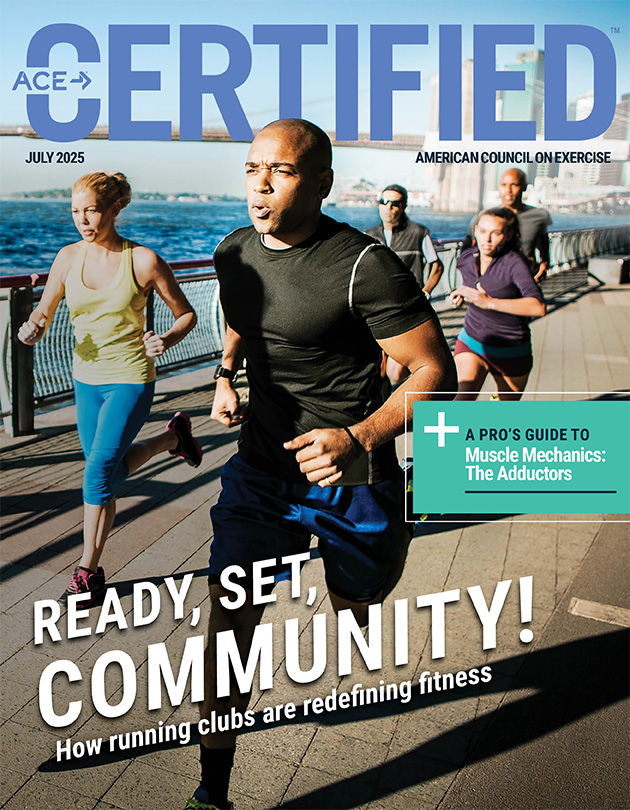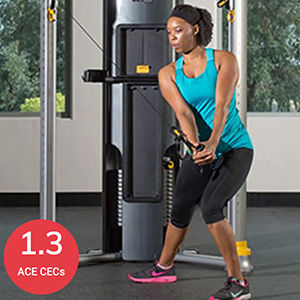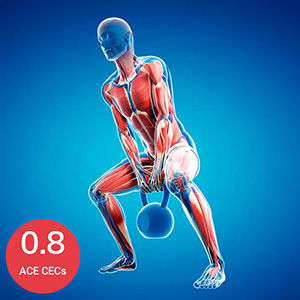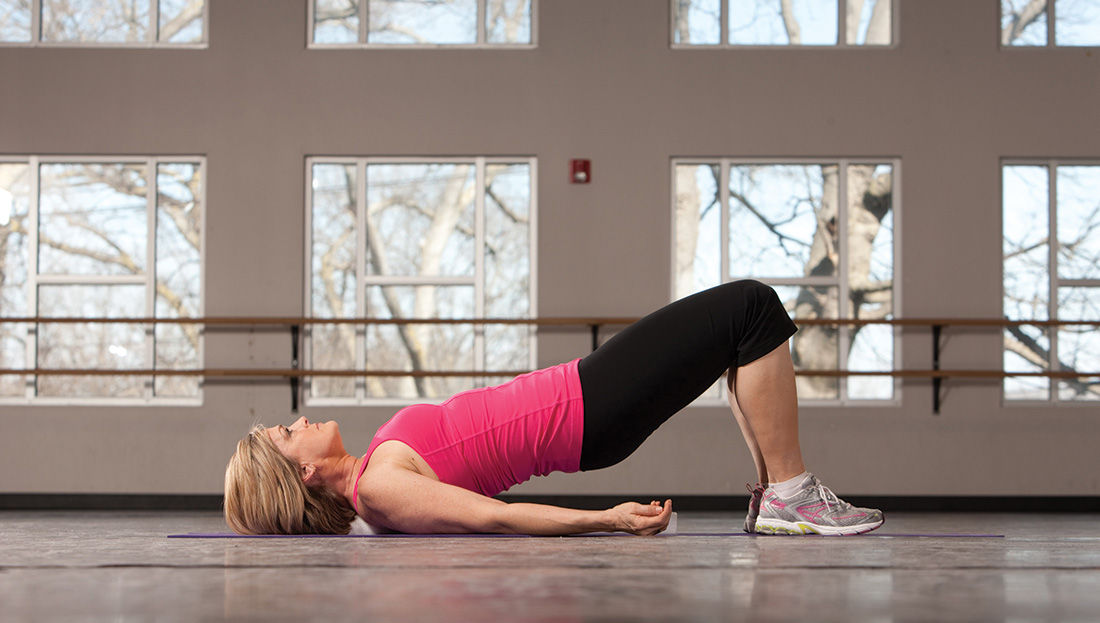
Until recently, the study of human anatomy has looked at muscle function as isolated units responsible for specific movements. While a muscle can perform a discrete function when used in a particular exercise, generally speaking the only time that a muscle works in isolation is in a machine designed to focus on a specific body part with a predetermined range-of-motion. Most movements required for activities of daily living (ADL), popular sports or recreational activities feature patterns that involve numerous muscles working together to create the desired actions.
The purpose of this ongoing functional anatomy series is to help you develop a greater understanding of how muscles actually function as a component of an integrated system. This second installment focuses on the adductors of the inner thigh, an area of the body that many clients are interested in targeting. However, many of the exercises commonly used to “tone” this area don’t use these muscles the way they are actually designed to function on our bodies.
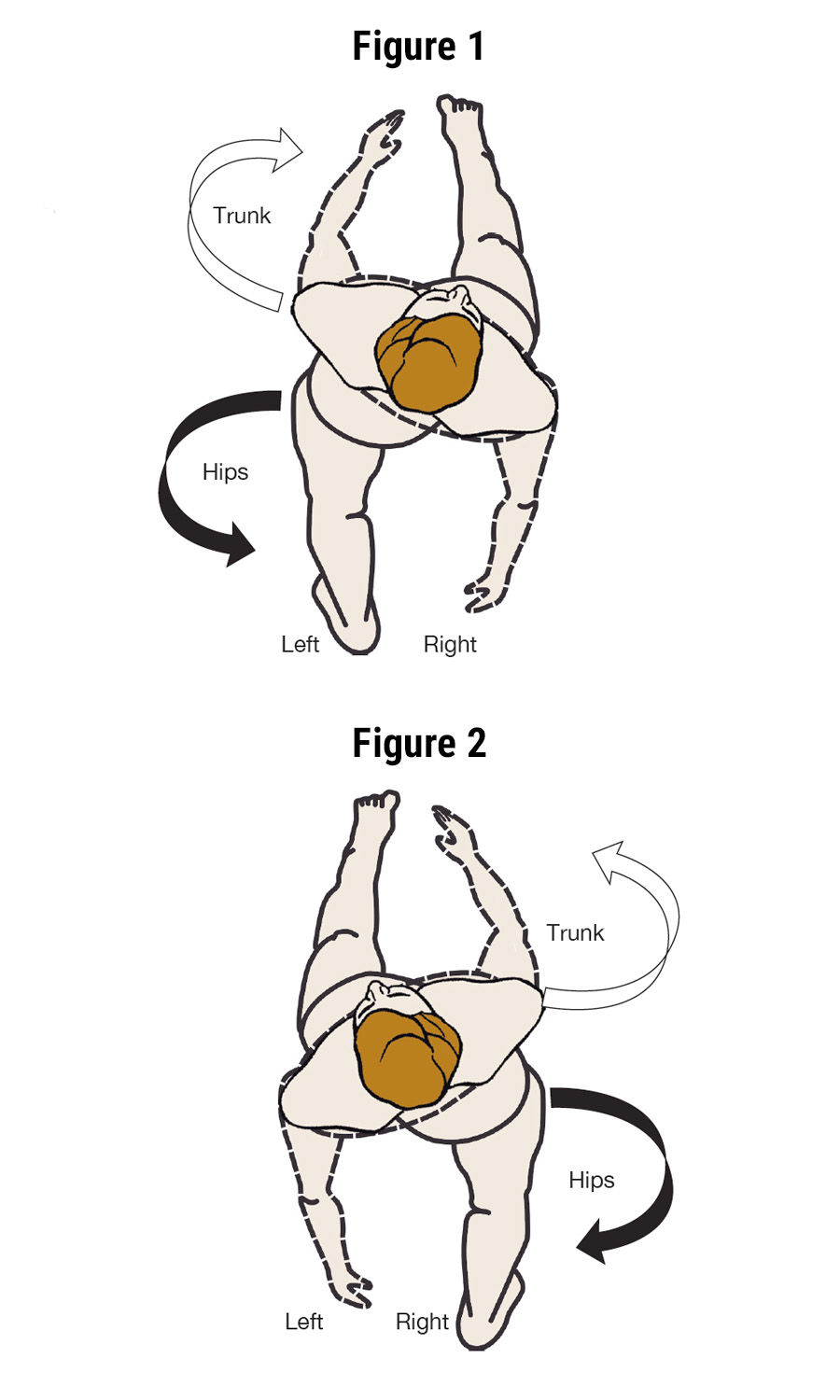
Popular exercises for the hip adductor muscles include lying on the side to lift the leg off the floor or sitting in a machine that requires squeezing the legs together. While these exercises might create the perception that the adductors are being targeted, these movements are actually not using the adductors the way they are designed to work as a person moves during the gait cycle. When the right hip is flexed during the gait cycle (with the leg in front of the body; Figure 1), and the left hip is extended (with the leg in back of the body), gravity causes a frontal plane shift in the pelvis, creating adduction in the right hip and abduction in the left. As the right leg transitions to extension and the left leg swings forward, the pelvis shifts to the left to create abduction in the right hip and adduction in the left (Figure 2). This happens with every step, so adduction does occur, but only as a result of the frontal plane motion of the pelvis.
Understanding How Muscles Function
Traditional anatomy often teaches that certain muscles work on only one joint or to create a specific movement. However, when it comes to performing integrated motor patterns, many muscles work together to produce efficient and coordinated movements. Gait, either walking or running, is the foundational pattern of human movement and is an excellent example of how muscles work synergistically to create coordinated movements. In the human body, muscles, connective tissue and skeletal structures are aligned in such a way to make gait as efficient as possible.
Understanding how muscles function to create the human gait cycle can help you design and deliver exercise programs that address the way that muscles actually work, thus delivering the results that clients and class participants seek. No other muscle group is more misunderstood than the adductor complex. Too often, people use exercises designed to isolate the adductor muscle group of the inner thigh with movements that focus on femoral adduction, or bringing the thighs closer to the midline of the body. But take a step back and think of how humans walk: Do we consciously bring our thighs closer to the midline of the body every time we take a step? No, we don’t. The femurs do adduct toward the midline of the body but only as the result of how the pelvis moves in the frontal plane as the body shifts its weight from one leg to the other.
The Hip Adductor Complex
The hip adductor muscle group can be organized into three distinct layers. The superficial layer includes the pectineus, adductor longus and gracilis. The adductor brevis comprises the middle layer, while the deep layer consists of the large, triangular adductor magnus. It can be challenging to see how the muscles attach to the femur when viewing two-dimensional images online or in a textbook. The adductors do not attach to the medial border of the bone; rather, they have insertions along the linea aspera, which is along the posterior aspect of the femur. As a result, when the femur is in an extended position the adductors are lengthened and create flexion of the iliofemoral (hip) joint when shortened. Likewise, when the hip is flexed the adductors are lengthened to create extension of the iliofemoral joint as the muscles contract. When in a neutral, anatomical position, the adductors can pull the femurs closer to the midline of the body, but this motion may not help them to become more efficient in controlling flexion and extension of the hip.
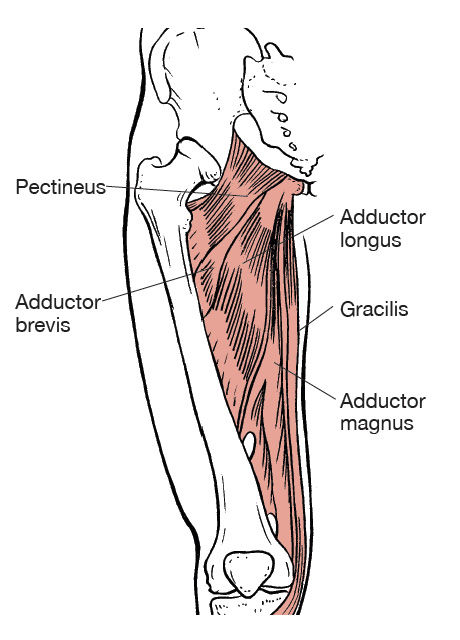
Attachments and Actions of Hip Adductor Muscles
|
|
Muscle
|
Layer
|
Proximal Attachments/Origin (pelvis)
|
Distal Attachments/Insertion (femur)
|
Integrated Function
|
|
Pectineus
|
Superficial
|
Superior and inferior pubic ramus
Adjacent body of pubis
|
Pectineus and adductor longus, linea aspera (posterior surface of femur)
Gracilis, the medial side of proximal tibia
|
Produces force in all three planes
Flexion and extension of femur, depending on position of femur relative to pelvis
|
|
Gracilis
|
|
Adductor longus
|
|
Adductor brevis
|
Middle
|
Ischial ramus and ischial tuberosity
|
Proximal one third of linea aspera
|
Flexion and extension of hip, depending on position of femur relative to pelvis
|
|
Adductor magnus
|
Deep
|
Ischial ramus and ischial tuberosity; forms anterior and posterior heads
|
Entire length of linea aspera
|
Flexion and extension of hip; depending on position of femur relative to pelvis
|
Understanding Movement of the Hip Adductor Complex
Understanding how muscles work to produce movement during gait can provide essential insights into how muscles are designed to function. This is especially important in the case of the hip adductors. The full gait cycle is comprised of one complete movement for each leg. A single phase of the cycle starts when the right foot makes contact with the ground (the heel-strike phase) and the left foot is preparing to leave the ground (the heel-off phase). When the body is passing over the right foot (the mid-stance phase) the left foot is swinging forward (the leg-swing phase). Once each leg has transitioned from heel strike to mid-stance to heel-off, one full cycle is complete. The hip adductors are involved with the entire cycle. When the leg is forward in heel-strike, the hip adductors function to pull the femur into hip extension; when the leg is extended in heel-off, the adductors pull the femur forward into hip flexion. The specific length of time of each phase of gait is:
- Double-leg support (12% of the cycle), when both feet are on the ground
- Single-leg support (38%), when balanced on the right leg as the left swings forward
- Double-leg support (12%) when both feet are again in contact with the ground
- Single-leg support (38%), when the body is balanced on the left leg as the right leg swings forward
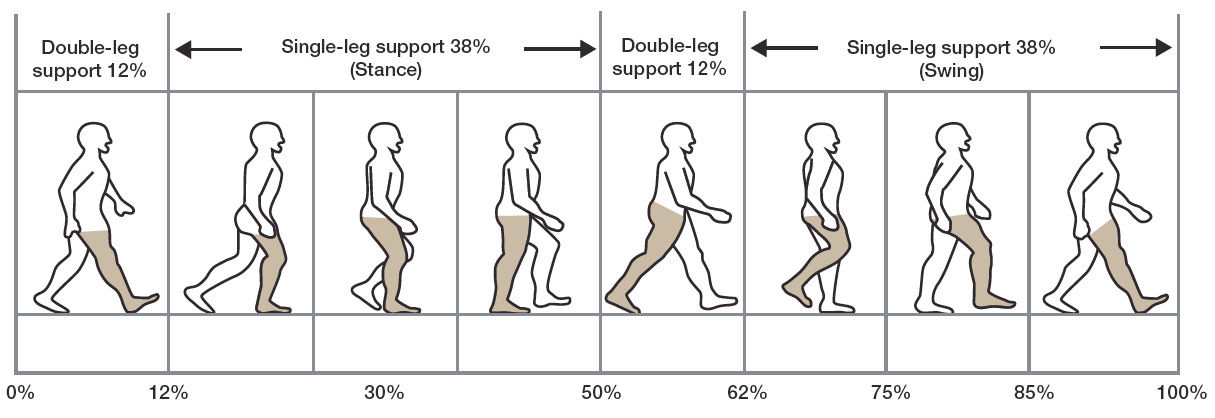
The only time the hip adductors are not actively involved in flexing or extending the hip is during the moment the body is directly over the foot during the mid-stance phase. The hip adductors, specifically the magnus and longus, are the most active muscle group during the gait cycle, with both the adductor magnus and longus active during the 76% of the time when the body is balanced on one leg. It’s important to note that between 40 and 70 degrees of hip flexion, the line of force runs through the medial-lateral axis of the body (the axis of rotation for movement in the sagittal plane), where the adductor muscles lose the ability to generate torque in the sagittal plane. Outside of this 30-degree arc, the hip adductors provide significant torque as both flexors and extensors.
Muscle is comprised of two types of tissue:
- The contractile element of the actin and myosin proteins, which, according to the sliding filament theory, overlap to create the shortening force for muscle contractions
- The non-contractile component of the fascia and elastic connective tissue, which surround every individual muscle fiber.
As a muscle is lengthened, it stores elastic potential energy, which is then released as mechanical energy when the muscle shortens. Understanding the role of fascia and elastic connective tissue in storing and releasing energy is important for knowing how the hip adductors work during the gait cycle.
The adductor magnus is most active during heel contact (as the front foot is making contact with the ground) and during mid-stance (when the body is balanced on a single leg while the other leg is swinging). As the body is balanced on the left leg, the left adductor magnus is helping pull the leg into extension as the right side adductor magnus is pulling the right hip into flexion and then decelerating flexion as the lower leg extends to prepare to make contact with the ground.
Exercises to Strengthen the Hip Adductor Complex
The adductors work to create movement of the femur under the pelvis during the leg swing phase, while also controlling motion of the pelvis over a relatively fixed leg during the single-leg support phase. When it comes to strength-training exercises for the adductors, the key concept is to focus on moving in the sagittal plane in a closed-chain position with the feet firmly planted on the ground. The adductors are lengthened when the hip is both extended and flexed; therefore, it is important to strengthen the muscles during both the lengthening and shortening phases of muscle action.
|
|
Exercise
|
Description
|
|
Glute bridge
|
Lie supine on the floor with the feet hip-width apart to focus on the adductors as hip extensors. Press the feet into the floor while pushing both hips up toward the ceiling. Pause at the top and lower slowly back to the floor. Perform 12 to 15 reps, rest for 45 seconds and repeat for two to three sets.
|
|
Standing hip extension using a mini-band
|
Place a mini-band around both ankles. Balance on the left foot and lift the right foot off the floor; keep the knee slightly bent. Focus on using the inner thigh while pushing back with the right heel (press the left foot into the floor to create additional stability). Resist the band as the right foot returns to the starting position. Perform 10 to 12 reps on each leg, rest for 45 seconds and repeat for two to three sets.
|
|
Single-leg Romanian deadlift (RDL)
|
Balance on the left leg while holding a dumbbell in the right hand. Maintain a slight bend in the left knee and keep the spine long while hinging forward on the left hip. (Tip: While leaning forward, straighten the right leg and point the right toes to help maintain stability on the left hip.) Keep the arm extended so the dumbbell is lowering directly in front of the left leg. To return to standing, push the left foot into the floor, pull back on the left knee and lower the right leg while maintaining the grip on the dumbbell. Pause in a balanced position before performing the next repetition. Perform eight to 12 reps on each leg, rest for 60 seconds and repeat for two to three sets.
|
|
Lunge to single-arm row
|
Place a cable pulley in the highest position and attach a single handle. Stand facing the pulley so that the left foot is forward and the right leg is back and the ball of the foot on the floor. Grip the handle in the right hand so that the palm is facing the midline of the body. Lower down into a static lunge as the right knee moves closer to the floor; continue to hold the right arm straight out in front. At the bottom of the movement, push the left foot into the floor to move to standing while pulling back with the right hand and picking the right leg off the floor and swinging it forward while balancing on the left leg. Once you reach a standing position, balance on the left leg; the right hand should be back by the chest. Pause for one second before slowly straightening the right arm and lowering back into a lunge position with the right leg in back. Perform eight to 12 reps on each leg, rest for 60 seconds and repeat for two to three sets.
|
|
Posterior to anterior lunge
|
Start in a standing position with feet hip-width apart. Optional: Hold a dumbbell in a goblet position (vertical with both hands under one end), keeping both elbows close to the ribs. Maintain a tall spine and step back with the right leg into a posterior lunge to create left hip flexion. Allow the right knee to lower slowly to the floor. Press the left foot into the floor to pull yourself forward as you swing the right leg forward into an anterior (forward) lunge. Perform eight to 12 reps on each leg, rest for 60 seconds and repeat for two to three sets.
|
Summary
Understanding how the hip adductors function to move the legs through both flexion and extension during the gait cycle helps to explain why many athletes who play soccer, lacrosse, rugby or field hockey have such well-defined legs. It is possible that the rapid acceleration and deceleration that occurs when athletes are constantly reacting to the movements of both teammates and opponents places tremendous forces on the adductors, which results in hypertrophy and definition. Understanding how the adductors function during gait will enable you to develop a variety of exercise programs to help create the strong and well-defined legs many clients wish to achieve.
Expand Your Knowledge
Kinetic Link Training
The human body is capable of amazing feats—but it must be trained, conditioned and nurtured. Kinetic Link Training (KLT)—a revolutionary, biomechanically-balanced resistance training modality—represents the evolution of functional fitness. An intelligent and focused approach to movement, KLT is designed to help you and your clients master new techniques and skills that will build upon their existing fitness regimen—and produce results they’ve never dreamed of.
Functional Anatomy and Biomechanics
As an exercise professional who coaches movement, it’s vital to have a comprehensive understanding of the biomechanics and anatomy of the human body. That means being knowledgeable about how individual muscles work within your clients’ body to create movement. In this course, you’ll get a comprehensive overview of human anatomy so that you can better understand how each client’s body is its own unique puzzle and how each of the pieces fit together. You’ll embark on a journey of anatomical discovery, where you’ll be provided with the tools required to understand your clients’ bodies as they move. With a foundation in antagonists, compensations and modifications, you’ll be able to create exercise programs that are specific to your clients’ needs.
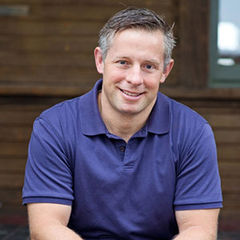
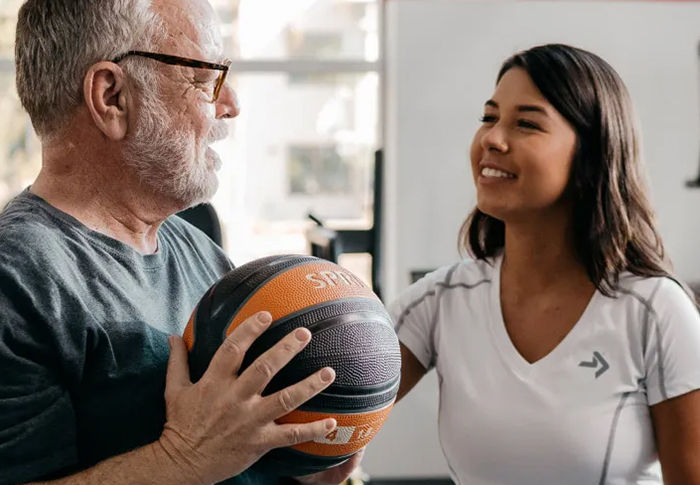
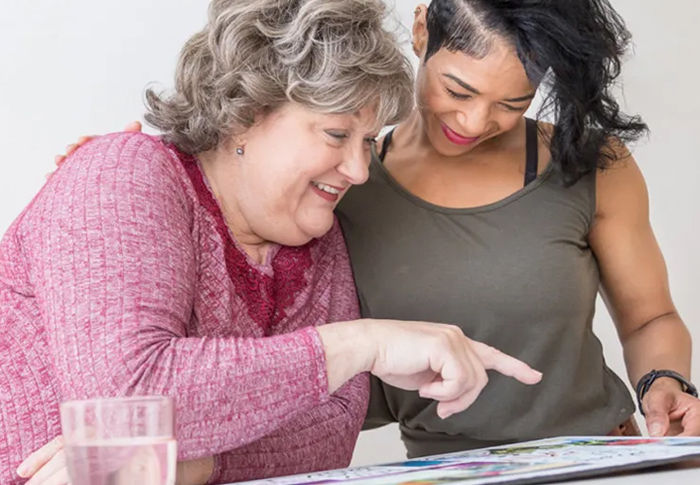
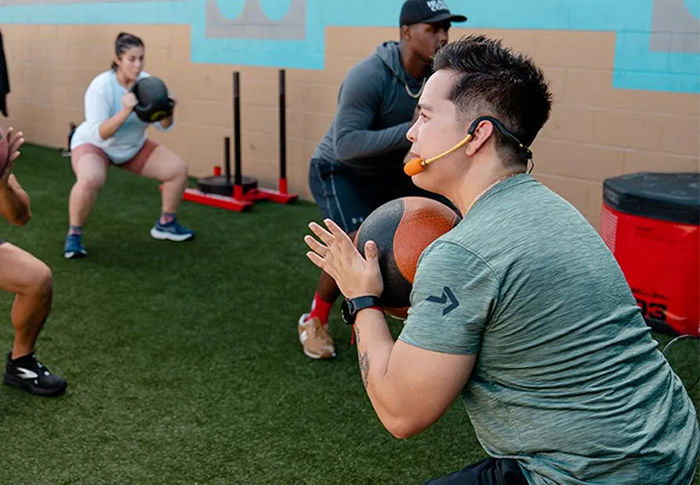
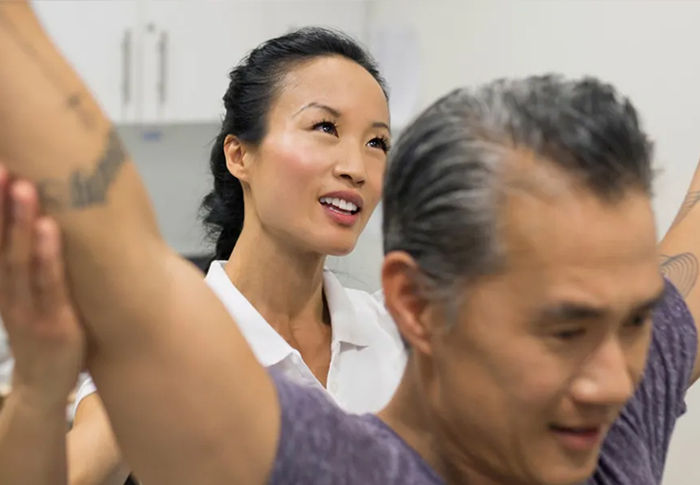
 by
by 